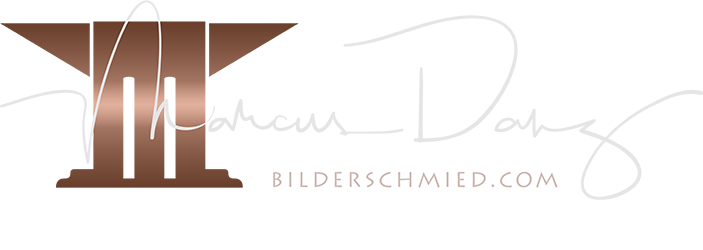By using photo corners to fix the image any contact of the print with adhesive tape is avoided. If you need to change the frame or passepartout at a later date, this gives you the advantage of being able to remove the image without leaving any residue. Using a test print of the picture "Time flies by", we will show you with these instructions how easy the mounting actually is.
Step 01: Prepare the necessary materials: frame, passepartout, the print, glass cleaner, cloth for wet cleaning, cloth for polishing/drying, photo corners, and optionally a pair of cotton gloves and a brush with soft bristles.
Step 02: To protect the frame, pad the table and remove the packaging of the frame. Next, carefully place it glass side down and loosen all retaining clips. Remove the backing, the interleaving paper and the glass.
Step 03: Even new frames usually have stains on the glass. To get rid of them place the glass carefully on a soft surface, and spread a bit of the liquid glass cleaner.
Step 04: Remove any dirt with wiping movements before polishing the glass dry with the second cloth. Repeat the process with the reverse side, and use the gloves when turning to avoid fingerprints.
Step 05: Set the glass aside after successful cleaning. Take the backing, and place it on the table with the retaining clips facing down.
Step 06: Next, place the intermediate paper on the backing.
Step 07: To place the print exactly in the center of the intermediate paper, you will need the corresponding dimensions from our Sizing Guide. Alternatively, you can also determine these by first aligning the image flush with the lower left corner of the intermediate paper.
Step 08: Then use the ruler to measure the distance between the right edge of the print and the right edge of the intermediate paper (here 8 centimeters). Divide the result of the measurement by two and note down the value obtained (here 4 centimeters).
Step 09: Repeat step 8 with the top edge of the print and the intermediate paper. In the example shown here, the distance between them is about 10.6 centimeters, so you can note down 5.3 centimeters.
Step 10: Now place the image roughly centered on the intermediate paper. Using the ruler, correct the position of the print until its lateral edges are 4, and the top and bottom edges are 5.3 centimeters away from the outer edges of the intermediate paper.
Step 11: To prevent the print from slipping when the photo corners are subsequently attached, fix its position with a heavy, non-sharp-edged object (here a glass).
Step 12: By placing the passepartout you should check whether it correctly covers the white edge areas of the print before proceeding.
Step 13: After successful testing, you can remove the passepartout again and attach the first photo corner: Slightly lift the image corner, place the photo corner and then press it onto the intermediate paper with light pressure.
Step 14: Then apply the diagonally opposed photo corner in the same way. Despite the fixation by the glass, be careful to avoid any displacement of the print.
Step 15: Continue with the two remaining corners. Any remaining or newly acquired dust on the print or passepartout can be easily and gently removed with the brush afterwards.
Step 16: Place the passepartout on the print again, making sure that it is flush with the rear wall and the intermediate paper. Check again whether the passepartout covers the white edges of the print all around.
Step 17: To avoid new fingerprints, put on the cotton gloves, take the glass of the frame and place it flush on the passe-partout.
Step 18: Then place the actual frame, reach behind the back panel with your fingers, and carefully turn the frame over.
Step 19: Fix the back panel to the frame by closing the retaining clips. Depending on the selected thickness of the passe-partout a, a slightly higher amount of force may be required for this.
Step 20: the picture is framed and ready to hang. By using photo corners as shown here, you can remove the print at any time without damage, e.g. for a frame change.
